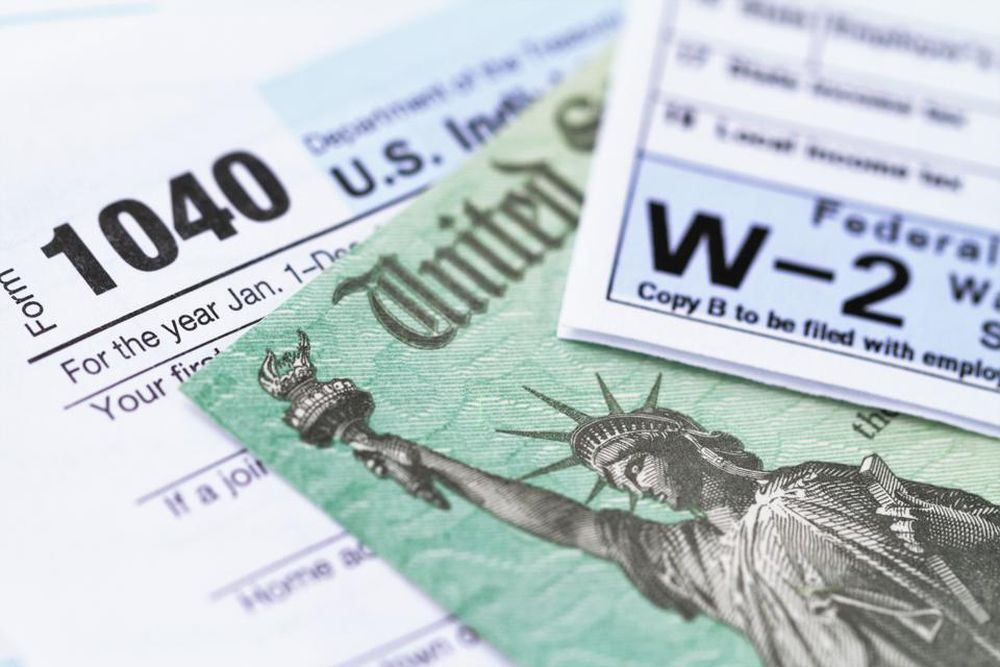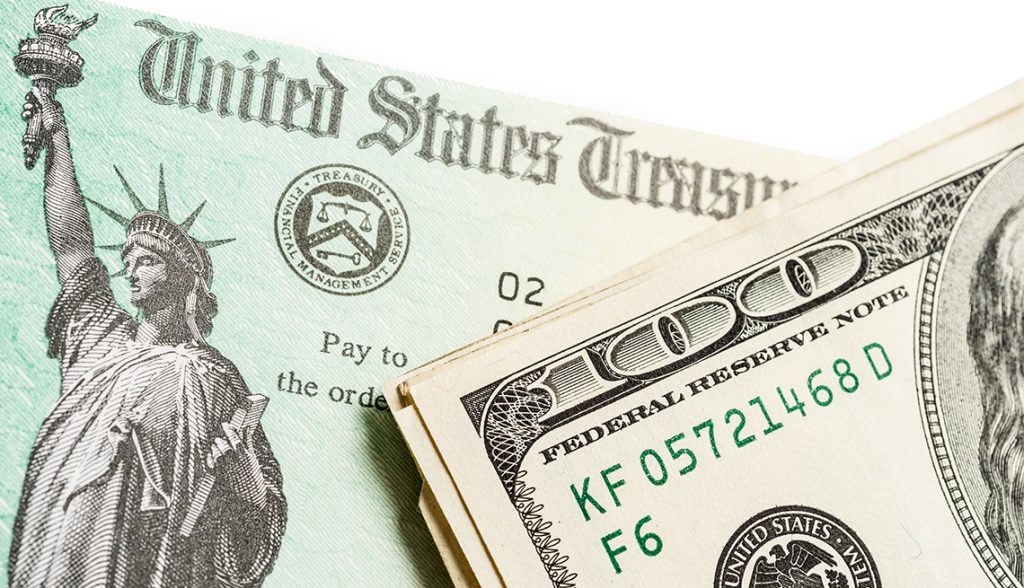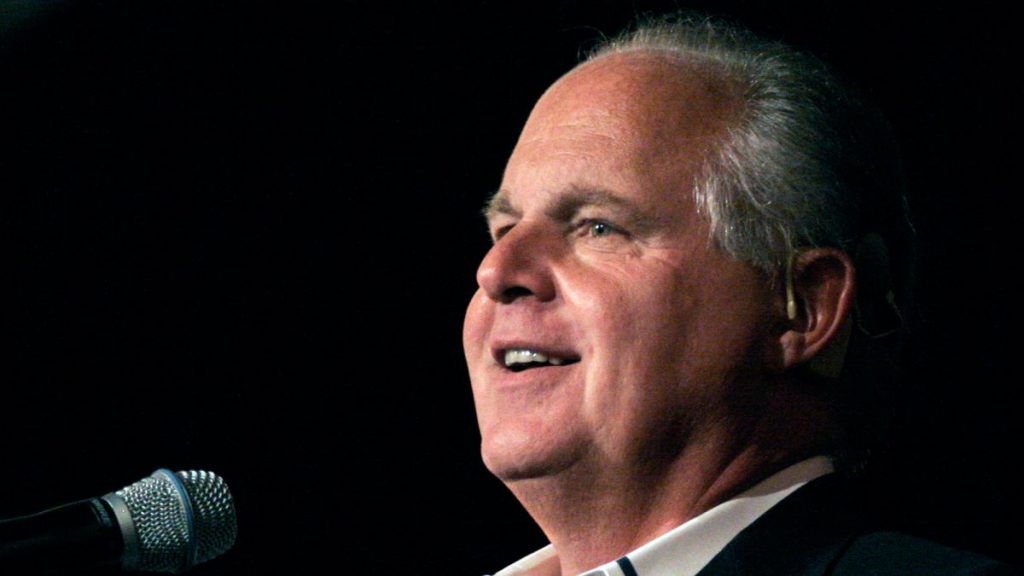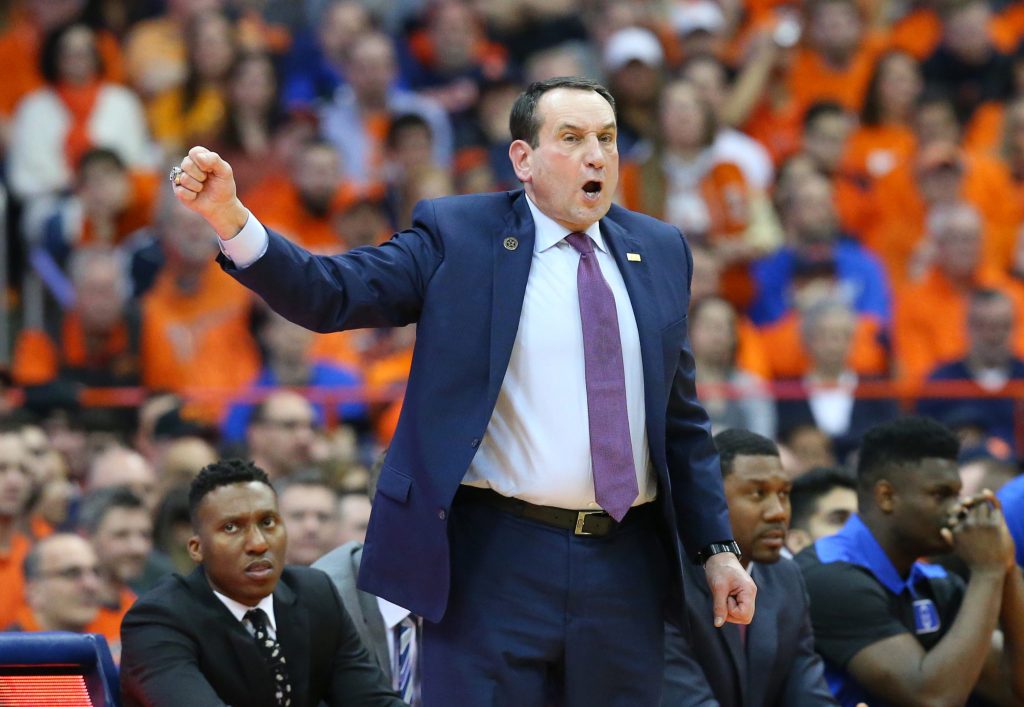Jacob Greenberg, chairman of the Blaine County, Idaho, Commission, is worried that his son, daughter-in-law and grandson might have coronavirus. Colleagues from county committees may have it, too.
Metropolises like New York City and New Orleans have seen a recent explosion of coronavirus cases. But rural counties in Colorado, Utah and Idaho, where hordes of visitors flock each year to ski or hike, are also experiencing some of the highest rates of coronavirus cases per capita in the nation, threatening to overwhelm local hospitals and challenging perceptions of the virus’ reach.
Four counties – Blaine County, Idaho; Summit County, Utah; and Eagle County and Gunnison County, Colorado – lead the nation in per capita rates of confirmed cases, outside New York state and Louisiana, according to a USA TODAY analysis of coronavirus cases across the country.
The rural settings are all affluent, mountain-ringed ski and hiking hamlets with populations under 55,000 that welcome millions of visitors each year. All have been grappling with a sudden surge in coronavirus cases.
“People need to take this seriously. Having people die in your community is really sad,” Greenberg said. “The numbers just grew exponentially. This stuff moves in a hurry.”
USA TODAY has been collecting information on cases in each county as reported by state health departments. To calculate rates, reporters took the confirmed number of cases per 100,000 people according to the most recent census estimates. Coronavirus case numbers were based on tallies as of Thursday.
The basics on the coronavirus: What you need to know as the US becomes the new epicenter of COVID-19
Outbreak has some rural counties ‘a bit busier than normal’
Blaine County, with a population of 23,021, had 82 cases and two deaths, or 356 cases per 100,000.
The mountainous county in south central Idaho welcomes more than 180,000 visitors a year to its renown Sun Valley ski resorts. Somewhere amid that crush of winter guests is where county officials believe the coronavirus slipped into Blaine County.
The county confirmed its first coronavirus case on March 14. Five days later, on March 19, Gov. Brad Little ordered the county to self-isolate — the first such order in the state. Just a week later, the number had jumped to 82.
Ketchum fire chief Bill McLaughlin said that about 10% of his team of 52 staffers and volunteer firefighters and paramedics have contracted the virus, forcing him to send healthy first-responders home with ambulances to await calls rather than congregate in a station. His station’s call volume has doubled, mostly with coronavirus emergencies.
“We’ve been quite a bit busier than normal,” he said.
As early as February, McLaughlin said he and other officials braced for a surge in Blaine County, given the number of tourists that flock to the region. He stockpiled supplies, such as surgical masks and gowns, and duct-taped plastic in ambulances between drivers and patients, to protect his staff.
The virus spread quickly. Health care workers began getting sick. Two of Idaho’s four coronavirus deaths occurred in Blaine County. One was a hospital volunteer.
On Friday, the commission passed an ordinance further restricting travel in and out of the county and mandating visitors self-quarantine for two weeks, Greenberg said. As more people get tested, he expects the tally to rise.
“We still don’t have all the numbers in,” he said. “I’m sure it’s going to grow huge.”
Get daily coronavirus updates in your inbox:Sign up for our newsletter now.
‘I wouldn’t be surprised if we have 10 times that’
In Summit County, where the population is 42,145, there have been 103 cases and zero deaths, or 244 cases per 100,000.
Home to the Sundance Film Festival and the 2002 Winter Olympics, Summit County has long absorbed thousands of visitors from across Utah and the U.S., and relies on those tourist dollars each year.
The county’s coronavirus spread began in a popular watering hole called the Spur Bar & Grill, on Park City’s lively Main Street, at the height of the city’s busy spring ski season, said Dr. Richard Bullough, Summit County’s health director. An employee there tested positive for the virus, unwittingly exposing dozens of employees and bar patrons and perhaps several hundred others, he said.
Bullough said he expects the county’s cases to soar as testing ramps up.
“Yes, we have 100-something confirmed cases but we have a lot more than that,” he said. “I wouldn’t be surprised if we have 10 times that.”
Even after the ski resorts and business closed in Summit County because of coronavirus concerns, an estimated 10,000 visitors lingered in the area, Sheriff Justin Martinez said. Residents have mostly adhered to the self-isolate orders given by the county. But officials have scrambled to stay ahead of a virus that hit with as much as ferocity as it did in New York and San Francisco.
“This is not just a big city issue,” Martinez said. “It can and is happening everywhere around the world, including in smaller communities like Summit County.”
‘People come from all over the world’
U.S. Rep. Scott Tipton, a Republican from Colorado whose district includes Gunnison County, said he was surprised the largely rural county had such a high rate of cases.
The county, which has a population of 17,462, had 57 cases and one death, or 323 cases per 100,000.
“This shows the uniqueness of this virus that we’re dealing with,’’ Tipton said.
Tipton said attention has been focused on large metropolitan areas like New York, but “on a per capita basis, the impact is just as dramatic in our smaller communities.”
Tipton said he and others have been pushing to make sure state and federal officials help local officials with supplies, including respirators and safety equipment for health workers.
“We are very, very aggressively trying to make sure that our rural communities have what they need,’’ he said.
More rural America:Why the coronavirus couldn’t have come at a worse time for reeling Appalachian Kentucky
As of Friday, Colorado had 1,734 cases, including people who were positive and others who had symptoms and were in close contact with a person who was positive.
The number could be much higher since the state has a short supply of tests and is limiting testing, said Jill Hunsaker Ryan, executive director at the Colorado Department of Public Health and Environment.
Gunnison and Eagle counties, home to world-famous ski resorts such as Crested Butte, Beaver Creek and Vail, were among the first in the state to issue public health orders requiring social distancing.
But as cases picked up in other counties, officials took statewide measures to try to stop the spread, including requiring a 14-day stay-at-home order and shutting down ski resorts.
“What that did is it got the tourists out,’’ said Hunsaker Ryan, adding that others were urged to self-isolate and practice social distancing. “Some of the mountain communities just kind of hunkered down and shut down.”
Those communities, she said, were able to then preserve medical resources and supplies for residents. Gov. Jared Polis issued the stay-at-home order Wednesday.
Hunsaker Ryan, who lives in Eagle County, has been working from home. Her husband tested positive last week for the virus and had a mild case.
Hunsaker Ryan attributes the cases in Gunnison and Eagle counties to the high traffic of international travelers to the ski resorts. Some of the tourists had come from Italy and some were Americans who have traveled to parts of Europe, including Italy, she said.
Vail Mayor Dave Chapin said everyone was surprised by the spread of the outbreak. Eagle County, with a population of 55,127, had 147 cases and one death, or 267 cases per 100,000. Chapin, who himself was diagnosed with the coronavirus and is in isolation, has talked publicly about his case, even writing an opinion piece about it in a local newspaper.
“We clearly have people that come from all over the world to come to Vail and that may have had an impact on our town and our county,’’ Chapin said. “As well as many of the people that live here travel to many different places throughout the world so they may have been in contact anywhere.”
More:Coronavirus cases could soar in these US counties with high populations of senior citizens
Chapin said the outbreak hit the county early in the crisis and the community reacted quickly by shutting down the buses, issuing an emergency declaration and sending notes to residents and employees about best practices. He said the main concern was safety.
“It was a difficult decision, but in hindsight it really wasn’t that hard as the data started coming in quicker and quicker and quicker,’’ he said. “Once it became clear that things were exponentially, rapidly developing, your decisions become a lot easier at that point.”
Colorado Rep. Joe Neguse, a Democrat whose district includes Eagle County, said the county has “experienced the full force of this public health crisis.”
Neguse said the county needs federal support, including funding for rural health centers. He sent a letter to President Donald Trump Thursday calling for him to declare Colorado a disaster area.
‘We don’t know what’s going to happen tomorrow’
Some local officials are also bracing for an economic slowdown because of the outbreak.
Tipton, who voted Friday for an unprecedented $2 trillion emergency aid package later signed by the president, said it’s important to help companies keep jobs and reopen. Most of the employers in his district are small businesses and many have been shut down.
“Your heart is always in the right place,” he said of small business owners. “But your cash flow might not match.’’
Chapin said about 40 percent of revenue for Vail comes from sales tax.
“We don’t know what’s going to happen tomorrow,” he said.
With the spread of the virus, Chapin said he doesn’t think any community, rural or not, should be overlooked.
“There are no boundaries,” he said. “There are no borders.”














